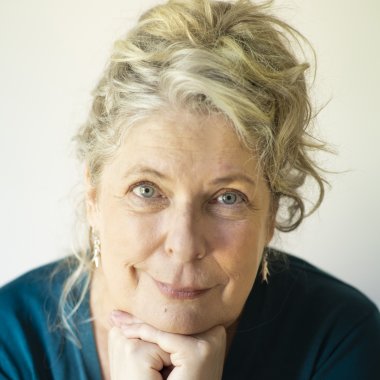Shirley Clarke was an inventor of independent film in America. In the 1950’s and early 60’s, she declared flat-out war on the reigning conformist image factory: “Who says a film has to cost a million dollars and be safe and innocuous enough to satisfy every 12-year-old in America?”
PORTRAIT OF SHIRLEY is the first documentary about Clarke, a ground breaking but neglected American artist. Our film, which is in early production, will be a portrait of an artist: a biography and an exploration of her ideas, works, against the background of her times. We are drawing from a wealth of newly uncovered, and newly restored archival materials, including gems from private video journals that Clarke recorded, plus landmark jazz recordings, film and video artworks, and new interviews with a dizzying assortment of artists and cultural figures, such as Agnes Varda, Dernardo Coleman, Freddie Redd, Hilton Als, Yoko Ono, Jonas Mekas, Martin Scorsese, and DA Pennebaker, among others. Clarke helped start a cultural revolution by filming people not seen on Hollywood screens: young men in Harlem; jazz musicians, including the great Ornette Coleman; heroin addicts; a single Latina mother; and the inimitable Jason Holliday, one of the first gay black men ever immortalized on screen. As she and other founders of independent cinema put it in a famous 1961 manifesto: “We don’t want false, polished, slick films—we prefer them rough, unpolished, but alive; we don’t want rosy films—we want them the color of blood.”
With outsider subjects and fresh stylistic approaches, Clarke took risks. Her feature-length works, including The Connection (1961); The Cool World (1964); Portrait of Jason (1967); and Ornette: Made in America (1985), melt the boundaries between documentary and fiction, and break new ground in cinema. Shirley’s career sweeps the breadth of moving image art in the 20th century: starting with her avant-garde shorts, to fiction and doc features, and then on to the video frontier of interactivity and social practice art. And yet—who knows her story? Of the 28 signatories of the 1961 New American Cinema Manifesto, Clarke was the only woman, a role she held for a long time, and one reason she has been neglected for so long. Above all, this is a portrait of a woman artist. Shirley had a mission we embrace today: to smash blockades against female creation. In her words:
“There’s deep discrimination against women artists… I was a representative of tokenism. I was relied on to be the woman filmmaker. No one person can carry that burden. There’s no question that my career would have been different if I was a man, but if I was a man I would be a different human being…. The industry’s been rotten. The history of women in all the arts has been rotten.” — interview by DeeDee Halleck, project participant
Women are still held back from making movies. Most of us know the numbers now, how, for example, women directed only two of 2013’s 100 top money-makers. The discrimination Shirley dealt with throughout her career persists today—her story remains entirely relevant. We approach Shirley’s story as an unfolding drama, told in her own voice, with her daughter, Wendy Clarke, video artist, and an all-star cast of her film artist friends. Shirley’s is a contemporary story, and our style will reflect that. This is not a history film, its subject is not dead, its subject is life itself.


